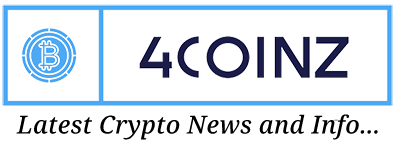As the bitcoin treasury frenzy fades, the HODL pitch isn’t completely dead, but firm should consider active reserve management to stand out, analysts say.
Bitcoin Treasuries to Move Beyond HODL to Yield, Hedging and Share Buybacks as NAV Discount Bites

